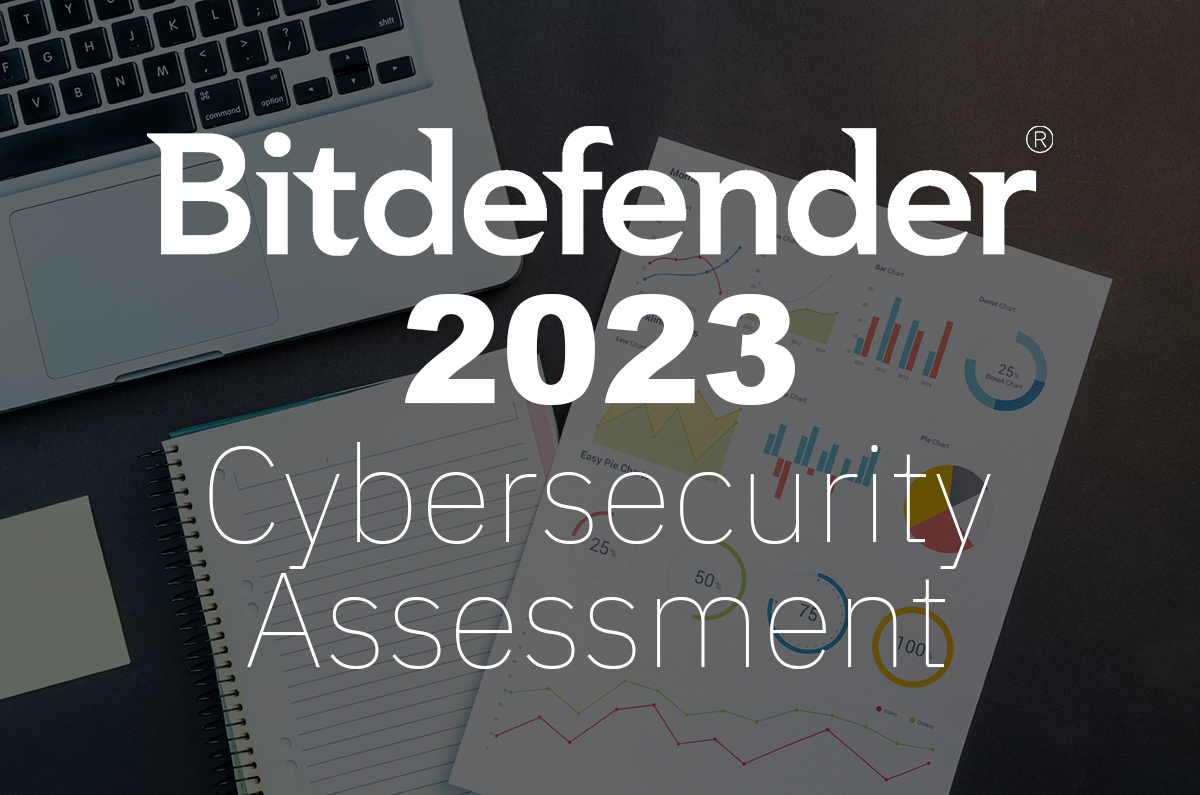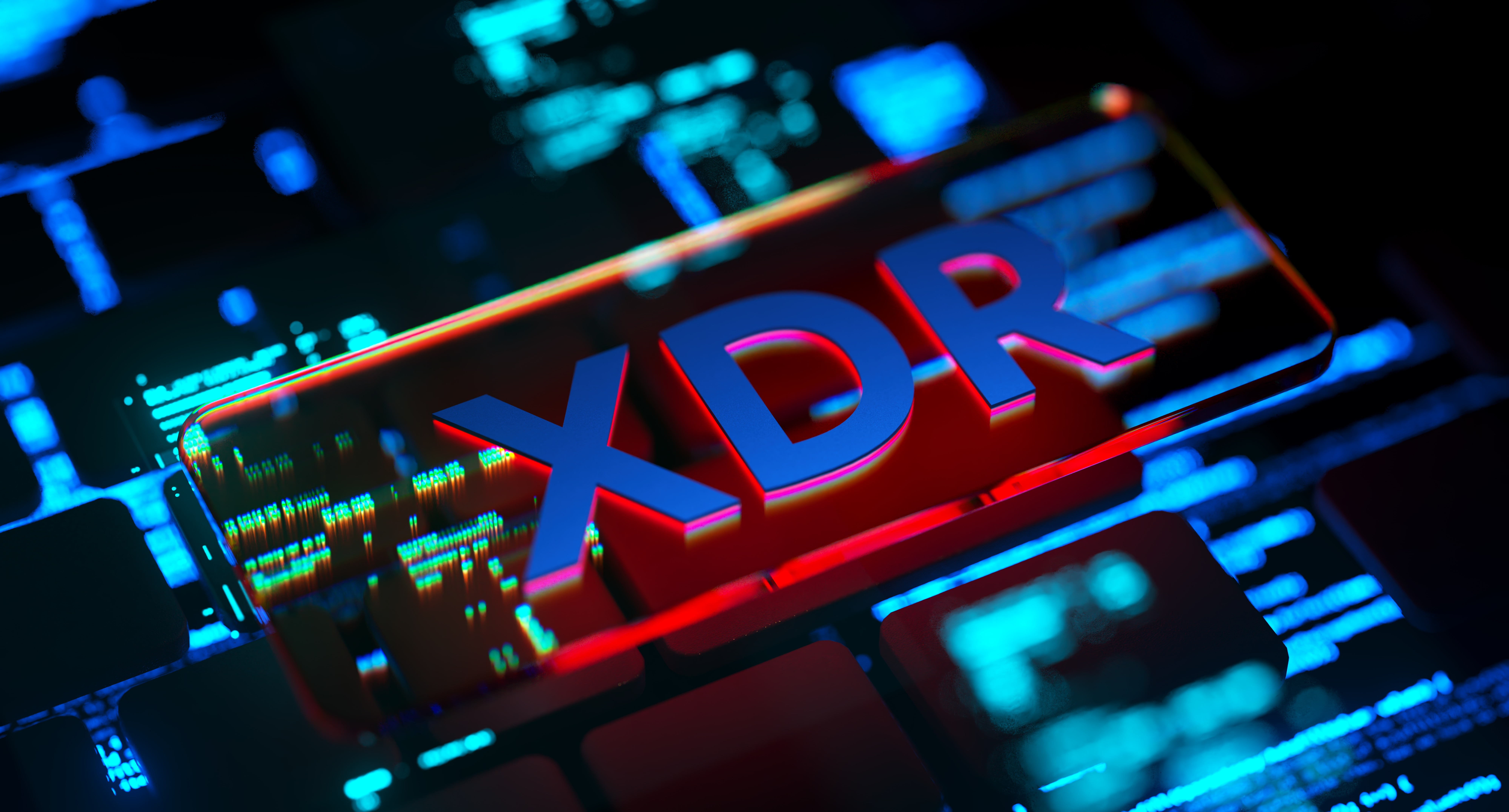How XDR Improves Organizational Readiness: Implementing Effective Rapid Response Analysis

Given the inevitability of security incidents, a company's cybersecurity resilience is defined not just by its defensive capabilities but by its swiftness and efficiency of its response to security incidents. Data breaches are so frequent, organizations need to have contingency plans in place. According to Apple, in just the first nine months of 2023, data breaches were up 20% compared to all of 2022. Additionally, over 74.7% of US organizations reported suffering a data breach in the last month according to Bitdefender’s 2023 Cybersecurity Assessment Report.
This makes it clear that organizations should invest heavily in proactive tools and solutions that foster faster and more effective response capabilities in addition to traditional preventative tools.
While endpoint detection and response (EDR) has traditionally been a go-to solution to address this new need for proactivity, extended detection and response (XDR) is a more comprehensive security solution that organizations can rely on to improve organizational readiness and response times. This article will explore how XDR can enhance an organization's rapid response capabilities and provide guidance on what to consider when choosing an XDR provider.
Why is XDR Important for Rapid Response Analysis
Developing in-house detection and response capabilities that can efficiently navigate the complexities of modern IT environments is a near-impossible task for many organizations. This is especially true as multiple operating systems like Linux, macOS, and Windows are part of a company’s infrastructure, making compatibility an even bigger challenge. In-house teams also struggle with round-the-clock coverage.
“IT and information security departments in businesses rarely run 24/7,” says Andrei Ionescu, Senior Solutions Architect at Bitdefender. “But threats do and they’re often not aligned with a traditional work schedule and are not siloed like business units.” This means organizations are at most risk outside of working hours and at consolidating events from multiple sources and why a tool like XDR is needed.
These solutions go beyond traditional monitoring and data collection sources offered by EDR and expand to the cloud and more complex areas of a company’s infrastructure, including:
- Endpoint data such as file execution, registry changes, and network connections.
- Extensive network data, including traffic flow and intrusion detection system (IDS) alerts, providing insight into potential network-based threats.
- Data from email security systems and web gateways, identifying threats like phishing attacks and malicious web content.
- Data from cloud environments and applications, monitoring for misconfigurations, anomalous user activities, and other cloud-specific threats.
- User behavior analytics and identity information, detecting anomalies that could indicate compromised credentials or insider threats.
This exhaustive collection of data is what empowers XDR to detect potential issues promptly and, more importantly, to provide organizations with the detailed information needed for a swift response, even during off-hours. These solutions are also designed to correlate data across different security layers, contextualizing its data, making for more accurate findings.
“When it comes to rapid response, it’s important for organizations to have as much data as possible related to an incident,” Ionescu says.
With XDR solutions, organizations can more comprehensively detect a potential attack or incident and identify key elements such as the source, what exploited vulnerabilities or misconfigurations led to the issue, and what business units, systems, and assets are impacted.
Depending on the severity of the issue, the breadth of coverage will also help facilitate forensic investigation and analysis and be a crucial asset in case regulators get involved and need an audit trail.
When considering XDR solutions specifically to promote rapid response, it’s important to have the right understanding and internal approach to make the most informed decision and make the most of the solution.
How to Maximize Your XDR Solution for Rapid Response Analysis
Leveraging XDR to improve your rapid response analysis requires more than just finding the right tool, it also requires having the right support and understanding of what will make an XDR tool useful for you. Here are several critical considerations organizations should be aware of.
Small Organizations Need XDR Too
“There’s a common misconception among small and medium-sized organizations that they're too insignificant to be targeted by threat actors,” Ionescu says. This couldn’t be farther from the truth as smaller entities are frequently targeted precisely because they leave themselves open to attacks.
If small organizations eschew cybersecurity measures and solutions like XDR solutions, they become low hanging fruit for opportunistic hackers and may be key targets for more sophisticated attacks. Given the increased interconnected nature of organizations through cloud services, SaaS apps, and software supply chains, attackers may view smaller organizations as gateways to larger, more lucrative targets. Those without advanced cybersecurity measures are more likely to fall victim to these attacks.
Not Prioritizing Training
Training is a cornerstone of effective rapid response, with or without XDR solutions. Periodic security awareness training alone is insufficient for rapid response scenarios and organizations should invest in ongoing training that covers playbooks, contingencies, and incident response tailored to their changing operational landscape, which covers both threats and solutions.
“Training is still a must,” Ionescu says. “Especially when a new solution enters your environment.”
Another common pitfall Ionescu sees is organizations treating XDR solutions as the same and not properly training their staff as a result. Without proper training, small details and nuances may be missed that may hinder efficiency or even risk communication, resulting in a less cohesive response strategy when the time arises. Your team should also be trained whenever a new XDR solution is brought in even if they’re familiar with past solutions.
Don’t Fall for the Hype
The cybersecurity vendor market is rife with marketing buzz and XDR solutions are no different. According to Ionescu, most organizations are going to make a cybersecurity purchase based on marketing and hype.
Cybersecurity leaders shouldn’t just opt for the solution with the most marketing budget and online presence. Instead, they should seek out XDR providers with in-house services as well as those that offer substantial response capabilities, rather than just defer actions to you. Some XDR providers leverage third-party resources or services which may impact response time and impede overall support. XDR providers with in-house capabilities will have better support services and may allow you to extend to more integrative partnerships such as managed detection and response (MDR).
Don’t be afraid to ask questions directly to potential XDR providers. Engaging in direct conversations will help you understand which solutions are best for your organizations and help you weed out less compatible ones if they evade the questions or can’t properly answer them.
What Effective Rapid Response Looks Like Within an Organization
Whether or not XDR is in your immediate purview, you should still be prioritizing rapid response capabilities, which starts internally. It requires effective mobilization of internal resources, a comprehensive understanding of an organization's environment, and the potential threats and vulnerabilities it’s likely to face. Best practices for effective rapid response include:
Asset Preparation and Documentation: Identify and document your critical assets and where they live. This will help facilitate a quicker response and aid in making more informed decisions during incident response and in conversations with potential vendors.
Tool Identification and Integration: Similar to asset preparation and documentation, assessing your current tool and solution stack can be a helpful exercise for knowing what you have at your disposal and where your gaps may lie. This will be beneficial for both incident response and when assessing potential vendors.
Building Response Playbooks: According to Ionescu, every playbook should be tailored to their organization. There's no one-size fits all.
If you’re using playbook templates, that’s a good start but it’s important to take the time to fully develop them based on:
- Type of incident and threat
- Area of compromise
- Existing infrastructure
- Available tools
- Available staff
This should be a dynamic asset that changes with your threat landscape and organizational shifts and will foster more effective training.
Role-Based Responsibilities: In preparation for potential incidents and breaches, it’s important to clearly establish responsibilities defined by roles and departments. “It’s a problem if your IT or security team is making public-facing statements.” Ionescu says. Having cross-departmental consideration is key as any incident will require action from IT, legal, PR & comms, and other impacted functions.
Testing Existing Capabilities: Planning is one thing but ensuring what you’ve planned will actually work requires scenario-based attack testing. This will help you identify gaps and areas of improvement in a much more comfortable way than if you found out during a security compromise.
Rapid Response Relies on Organizational Readiness
While XDR solutions are invaluable for enhancing rapid response capabilities, it's crucial to understand that an effective response strategy doesn’t start and stop at XDR. It begins with knowing what your organization can and can’t do in the face of a security incident and mobilizing your internal resources to build up your foundational elements to facilitate rapid response. By developing these organizational processes and strategies, you can start integrating XDR solutions and even consider more embedded partnerships like MDR.
Effective rapid response is essential to cybersecurity maturity and shouldn’t be overlooked, whether you’re a small company, or a large enterprise with a lot of moving parts and a complex environment. It can result in much less damaging and costly security incidents so any efforts towards rapid response should be viewed as investments.
tags
Author

Josue Ledesma is a writer, filmmaker, and content marketer living in New York City. He covers cyber security, tech and finance, consumer privacy, and B2B digital marketing.
View all postsRight now Top posts
FOLLOW US ON SOCIAL MEDIA
SUBSCRIBE TO OUR NEWSLETTER
Don’t miss out on exclusive content and exciting announcements!
You might also like
Bookmarks










